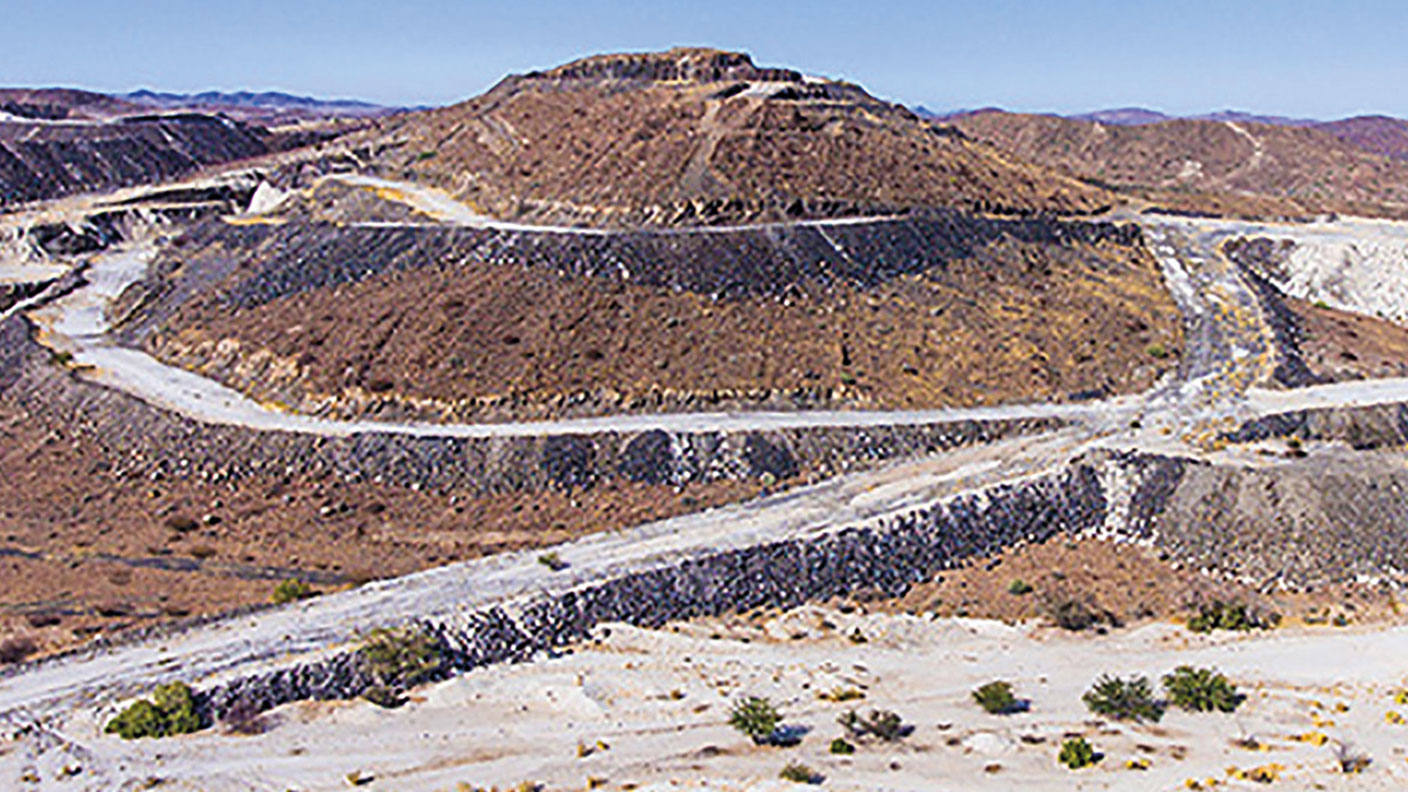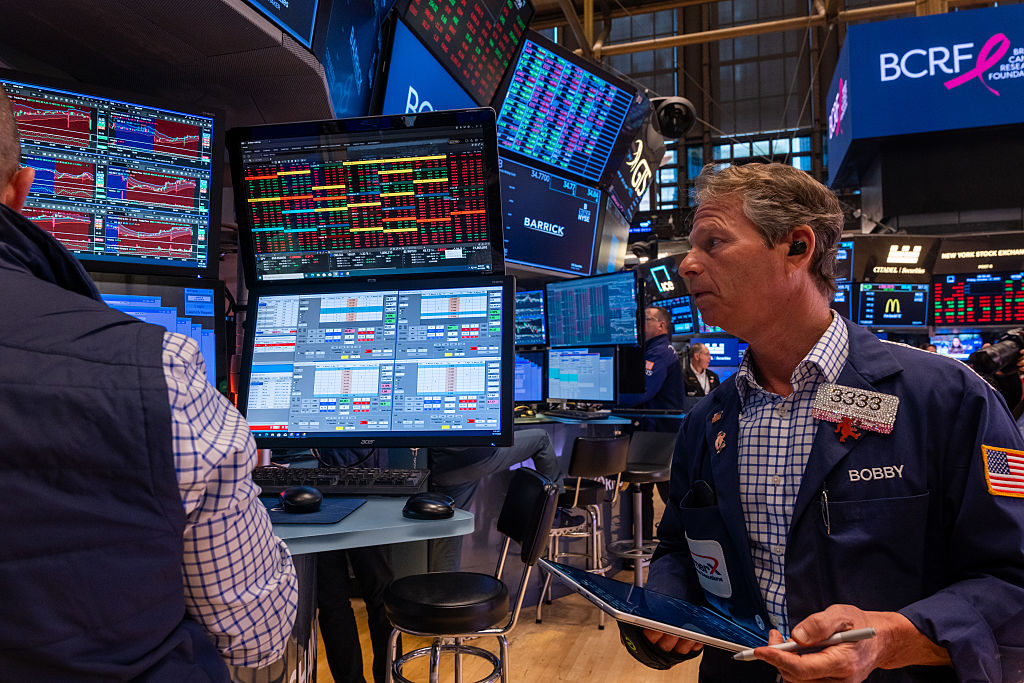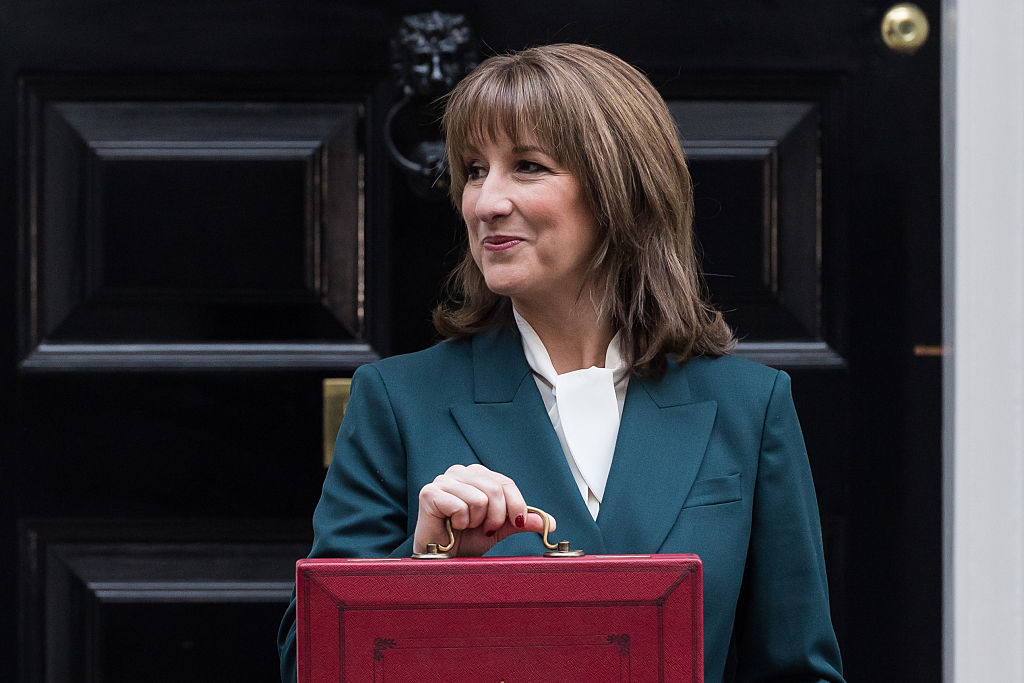How to invest in tin: a crucial metal whose price is set to soar
The price of tin, a versatile and increasingly important substance, has reached a ten-year high. There are plenty more gains ahead, says Dominic Frisby, who explains how to cash in.


Have you heard the one about the commodity in short supply and rising sharply owing to demand from China? It’s the narrative that never stops giving, and this time the protagonist is tin. Tin prices are at highs not seen since 2011. The metal we associate with cans and pan alleys is essential to the rapidly-expanding global electronics industry, semiconductors, the rollout of 5G mobile communication networks and the Internet of Things (IoT), whereby more and more appliances and gadgets, ranging from toasters to self-driving cars, are connected online.
It is a key ingredient of the substance that binds together circuit boards and wiring, otherwise known as solder. Around 50% of annual tin demand is used in this way; it is considered “the glue of metals”. Electric vehicles, where tin is used in lead-acid and lithium-ion battery technology, also mean increased tin demand, as does homebuilding, particularly in the US, where tin is used in chemical stabilisers added to PVC pipes and cladding. There is its traditional use in tin plating and copper alloys, and also its expected future use in such exciting technology as solar photovoltaic (solar electric systems), thermoelectric materials, hydrogen generation, fuel cells and carbon capture catalysts.
A record supply squeeze
Meanwhile the supply side has been hit. A ten-year bear market has discouraged investment in new mines and existing facilities. The largest tin producer is China, but many of its smelters and plants have seen production cuts or closure. Myanmar was another large producer, but thanks to all its political problems exports have fallen. Latin American supply has faced the twin demons of Covid-19 and depleting resources. Supply from Indonesia has fallen by around 40% thanks to Covid-19 and environmental issues. CRU, a consultancy, says supply lagged behind demand by 8,000 tonnes in 2020, making three consecutive years of deficits. The 350,000-tonne market will see a deficit of 2,700 tonnes in 2021, according to the International Tin Association.
MoneyWeek
Subscribe to MoneyWeek today and get your first six magazine issues absolutely FREE

Sign up to Money Morning
Don't miss the latest investment and personal finances news, market analysis, plus money-saving tips with our free twice-daily newsletter
Don't miss the latest investment and personal finances news, market analysis, plus money-saving tips with our free twice-daily newsletter
Inventories on the London Metal Exchange (LME), where most of the world’s tin is traded, are at record lows, just as China has been stockpiling to meet its goal of self-sufficiency in semiconductors. LME stockpiles stand at little more than two days of global consumption, when a year ago, they were seven times higher. Off-exchange inventory is also thought to be at critical levels. In 2006 environmental analyst Lester Brown said we would be out of mineable tin by 2026. Some might say Brown’s forecast is coming good. I’m not a great one for peak commodity theories: higher prices usually sort a market out and that is what we are seeing. Higher prices mean uneconomic mines can be brought back into production, while scrap tin, recycling and secondary production become more profitable. Tin was one of the first metals human beings ever used, so much so that it has its own day, Thursday, and a planet, Jupiter, associated with it. It is one of the “metals of antiquity”, and people were using it in the Bronze Age more than 3,000 years ago. I rather suspect, despite the predictions of Brown, tin is not yet making its last cry. What we are seeing is just an old-school bull market.
The stocks to buy
It’s hard to buy tin directly. To play this market, one must look to the miners, and pure plays are in short supply. Cornish Metals (Aim: CUSN) – with a market capitalisation of around £17m – is working on two Cornish projects, including the famous South Crofty mine. Longer term, I’m not sure how amenable the environmentally-conscious powers-that-be in Cornwall would be to the reopening of its tin mines. But that doesn’t mean there isn’t a shorter-term play to be had. Note that Cornish tin mines going back into production (still a few years away even if exploration and development go well) has in the past proved a topping indicator.
My number-one tin pure-play producer is Canada-listed Alphamin Resources (TSX Venture Exchange: AFM), worth C$700m, which has low-cost, profitably producing mines in the Democratic Republic of Congo. And if you want a geared penny stock that could make your investment back many times over, (but could also go to zero), look no further than Afritin (Aim: ATM). It is further advanced than Cornish Metals, though this is not fully reflected in its £30m market cap, and is looking to put the Uis project in Namibia, once the world’s largest open-cast tin mine, back into production.
There are exciting by-products such as lithium and tantalum, as well as the blue sky potential of exploration. In addition, Afritin has tin projects in South Africa. If it meets its targets over the next couple of years, and the tin market doesn’t implode, this has ten-bagger potential. But it’s a speculative mining play. What could possibly go wrong? (Disclosure: I own Alphamin and Afritin.)
Get the latest financial news, insights and expert analysis from our award-winning MoneyWeek team, to help you understand what really matters when it comes to your finances.
Dominic Frisby (“mercurially witty” – the Spectator) is as far as we know the world’s only financial writer and comedian. He is the author of the popular newsletter the Flying Frisby and is MoneyWeek’s main commentator on gold, commodities, currencies and cryptocurrencies. He has also taken several of his shows to the Edinburgh Festival Fringe.
His books are Daylight Robbery - How Tax Changed our Past and Will Shape our Future; Bitcoin: the Future of Money? and Life After the State - Why We Don't Need Government.
Dominic was educated at St Paul's School, Manchester University and the Webber-Douglas Academy Of Dramatic Art.
You can follow him on X @dominicfrisby
-
 My 6.5% Nationwide regular saver is due to mature - what are my options?
My 6.5% Nationwide regular saver is due to mature - what are my options?Nationwide’s 6.5% regular saver is due to mature for those who opened one last year. Here is what you can do now to make the most of your savings
-
 Leading European companies offer long-term growth
Leading European companies offer long-term growthOpinion Alexander Darwall, lead portfolio manager, European Opportunities Trust, picks three European companies where he'd put his money
-
 Leading European companies offer long-term growth prospects
Leading European companies offer long-term growth prospectsOpinion Alexander Darwall, lead portfolio manager, European Opportunities Trust, picks three European companies where he'd put his money
-
 How to harness the power of dividends
How to harness the power of dividendsDividends went out of style in the pandemic. It’s great to see them back, says Rupert Hargreaves
-
 Why Trustpilot is a stock to watch for exposure to the e-commerce market
Why Trustpilot is a stock to watch for exposure to the e-commerce marketTrustpilot has built a defensible position in one of the most critical areas of the internet: the infrastructure of trust, says Jamie Ward
-
 Tetragon Financial: An exotic investment trust producing stellar returns
Tetragon Financial: An exotic investment trust producing stellar returnsTetragon Financial has performed very well, but it won't appeal to most investors – there are clear reasons for the huge discount, says Rupert Hargreaves
-
 How to capitalise on the pessimism around Britain's stock market
How to capitalise on the pessimism around Britain's stock marketOpinion There was little in the Budget to prop up Britain's stock market, but opportunities are hiding in plain sight. Investors should take advantage while they can
-
 London claims victory in the Brexit wars
London claims victory in the Brexit warsOpinion JPMorgan Chase's decision to build a new headquarters in London is a huge vote of confidence and a sign that the City will remain Europe's key financial hub
-
 The consequences of the Autumn Budget – and what it means for the UK economy
The consequences of the Autumn Budget – and what it means for the UK economyOpinion A directionless and floundering government has ducked the hard choices at the Autumn Budget, says Simon Wilson
-
 Reinventing the high street – how to invest in the retailers driving the change
Reinventing the high street – how to invest in the retailers driving the changeThe high street brands that can make shopping and leisure an enjoyable experience will thrive, says Maryam Cockar
